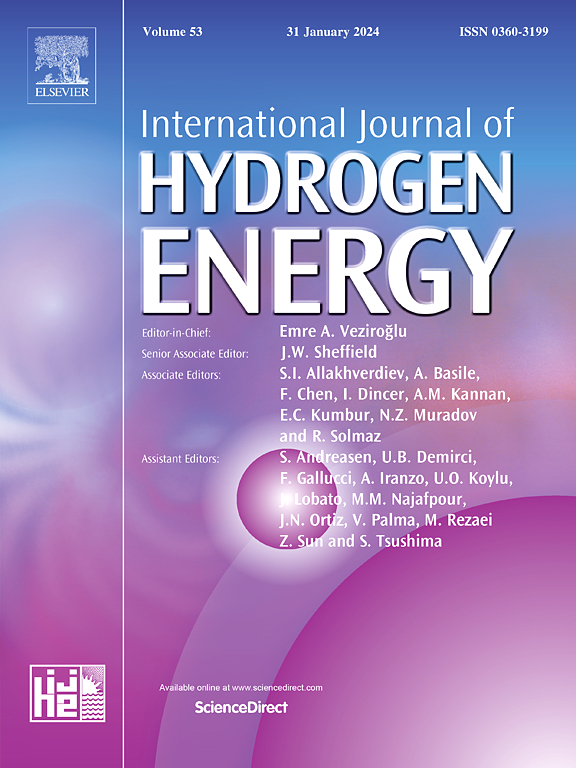Machine learning-based prediction of hydrogen-assisted fatigue crack growth rate in Cr–Mo steel
IF 8.1
2区 工程技术
Q1 CHEMISTRY, PHYSICAL
引用次数: 0
Abstract
In this study, linear and tree-based algorithms were utilized to train the hydrogen-assisted fatigue crack growth test data. Through accuracy verification, it was found that the Gradient Boosting Regression (GB) belonging to tree-based algorithms had the best predictive performance. For the model trained by the GB algorithm, SHapley Additive exPlanations (SHAP) values were employed to evaluate the impact of stress intensity factor range, hydrogen pressure, ultimate tensile strength, stress ratio, frequency and chemical compositions on the hydrogen-assisted fatigue crack growth. The results show that material properties, experimental conditions and environment all have an effect on the crack growth rate. Besides, the feature influence patterns derived from machine learning models are consistent with the literature, demonstrating that the model has the potential to accurately predict the hydrogen-assisted fatigue crack growth rate of Cr–Mo steel.
本研究利用线性算法和树型算法来训练氢辅助疲劳裂纹生长测试数据。通过精度验证发现,属于树型算法的梯度提升回归(GB)具有最佳的预测性能。对于 GB 算法训练的模型,采用 SHapley Additive exPlanations(SHAP)值来评估应力强度因子范围、氢气压力、极限抗拉强度、应力比、频率和化学成分对氢气辅助疲劳裂纹生长的影响。结果表明,材料特性、实验条件和环境都会对裂纹生长率产生影响。此外,机器学习模型得出的特征影响模式与文献一致,表明该模型具有准确预测铬钼钢氢助疲劳裂纹生长率的潜力。
本文章由计算机程序翻译,如有差异,请以英文原文为准。
求助全文
约1分钟内获得全文
求助全文
来源期刊

International Journal of Hydrogen Energy
工程技术-环境科学
CiteScore
13.50
自引率
25.00%
发文量
3502
审稿时长
60 days
期刊介绍:
The objective of the International Journal of Hydrogen Energy is to facilitate the exchange of new ideas, technological advancements, and research findings in the field of Hydrogen Energy among scientists and engineers worldwide. This journal showcases original research, both analytical and experimental, covering various aspects of Hydrogen Energy. These include production, storage, transmission, utilization, enabling technologies, environmental impact, economic considerations, and global perspectives on hydrogen and its carriers such as NH3, CH4, alcohols, etc.
The utilization aspect encompasses various methods such as thermochemical (combustion), photochemical, electrochemical (fuel cells), and nuclear conversion of hydrogen, hydrogen isotopes, and hydrogen carriers into thermal, mechanical, and electrical energies. The applications of these energies can be found in transportation (including aerospace), industrial, commercial, and residential sectors.
 求助内容:
求助内容: 应助结果提醒方式:
应助结果提醒方式:


